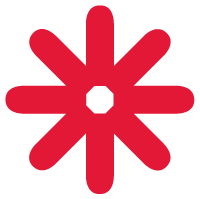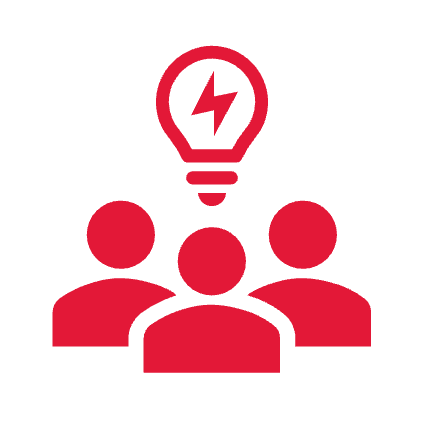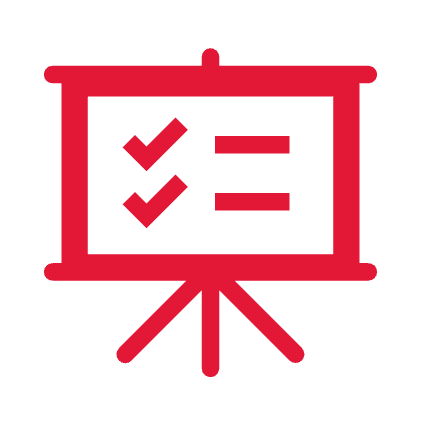Curriculum: Dream, design, and determine
Curriculum is a course of study for an educational experience. All educational experiences have a curriculum, even if this curriculum isn't explicitly defined or articulated. Thoughtfully defining and articulating a curriculum strengthens the overall teaching, learning, and cohesion of a program and allows for students to get a clear learning experience (a clear "course" for them to follow). Developing curriculum involves thinking about, defining, and then checking the goals of an educational experience.
We find it helpful to think about curriculum development in three iterative steps:
 | Dream and vision a program that best meets the needs of students and the future of the subject matter in the world |
 | Design and map a program that has clear Outcomes and structure of courses that ensure all students meet these Outcomes |
 | Determine and assess whether the program is doing what it is expected it would be doing and whether students are meeting the Outcomes laid out |

The cyclical nature of these steps are invited through the Cyclical Program Review process, but curriculum development, renewal, and innovation can happen any time a program wants to revise their offerings.
Process of Curriculum Development:
Dream of what your program could be and do for your students

What are the possibilites of your program for the future? How does your program speak to the challenges we face in the 21st century? What could your alum do with what they've gained in your program?
Dream a big vision for your program. Imagine how innovative curricular and pedological elements can become core to the experiences of your teaching and students' learning.
Questions to Ask:
- What is the ideal vision of your program?
- What are the goals and expectations for your students?
- What do you want your students to know, do, and value in your program?
Quick Links
- UC San Diego's "Building a Vision"
- Welsh Government's "Developing a vision for curriculum design"
- WesternU's "Curriculum Planning"
Design a course structure aligned with Learning Outcomes

Designing your curriculum involves making your dreams practical: What are the courses and Outcomes that articulate your dream and moves students through their program?
Designing curriculum involves identifying both required and elective courses, and identifying any additional elements and experiences such as internships or capstones.
When designing curriculum, simplicity is key in order for students to spend their time learning content rather than figuring out requirements.
Questions to Ask:
- What are the courses and experiences that will be part of your program?
- What are the Learning Outcomes for your program?
- How do these elements work together?
Quick Links:
Determine whether your students are meeting Program Outcomes

It is important to determine if your curriculum is doing what you visioned it to do and if students are meeting the Outcomes you have set out.
It may be useful to think of curriculum assessment like data analysis following data collection: An essential step in making sense of what you've done in order to plan, or make recommendations for, next steps.
Questions to Ask
- How will you know if students are meeting the expectations and Outcomes for the program?
- How can you ensure your curriculum aligns with students’ future needs?
Quick Links

Interested in renewing or innovating your curriculum?
Explore our resources or contact our Program and Curriculum Development Specialist for support.
